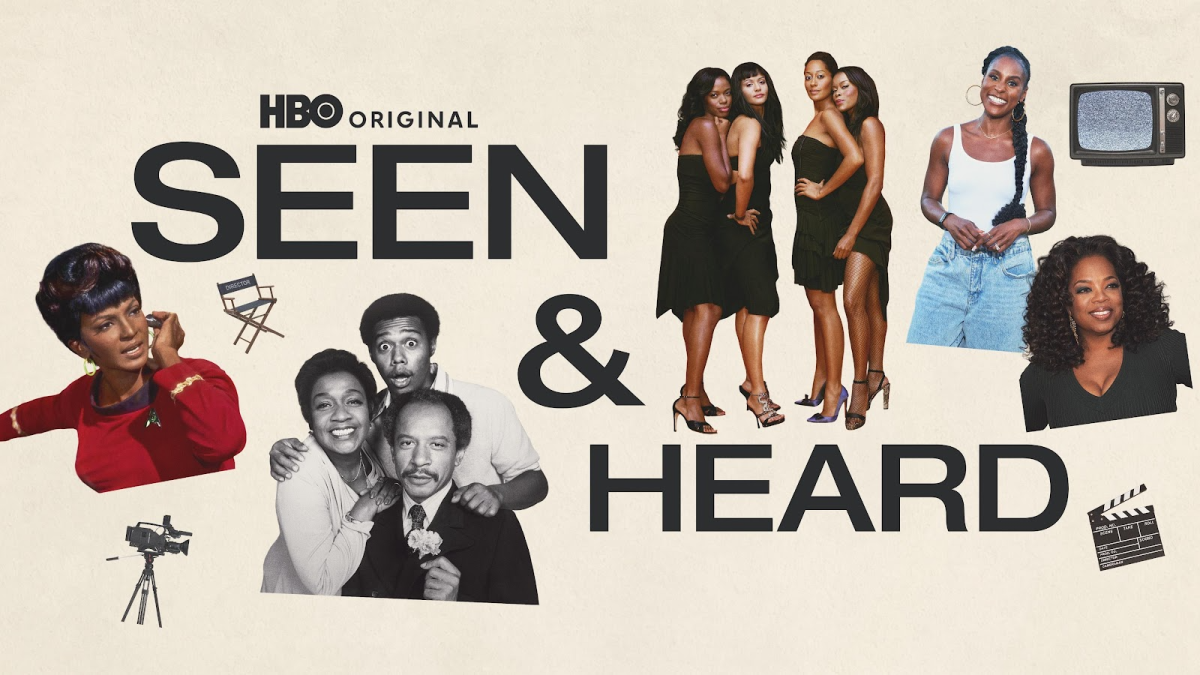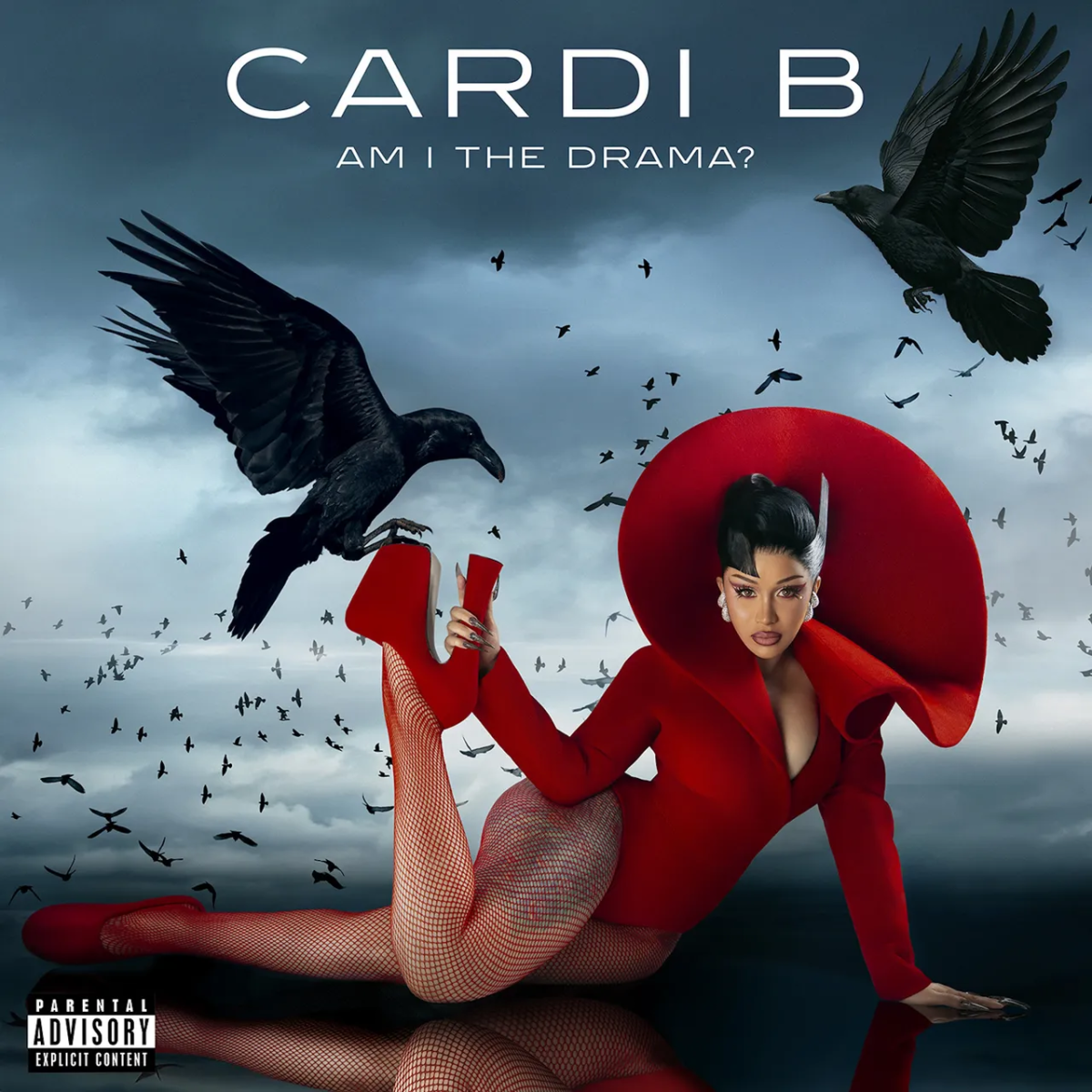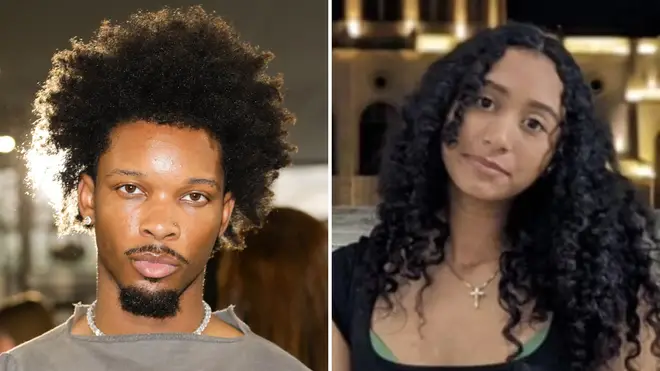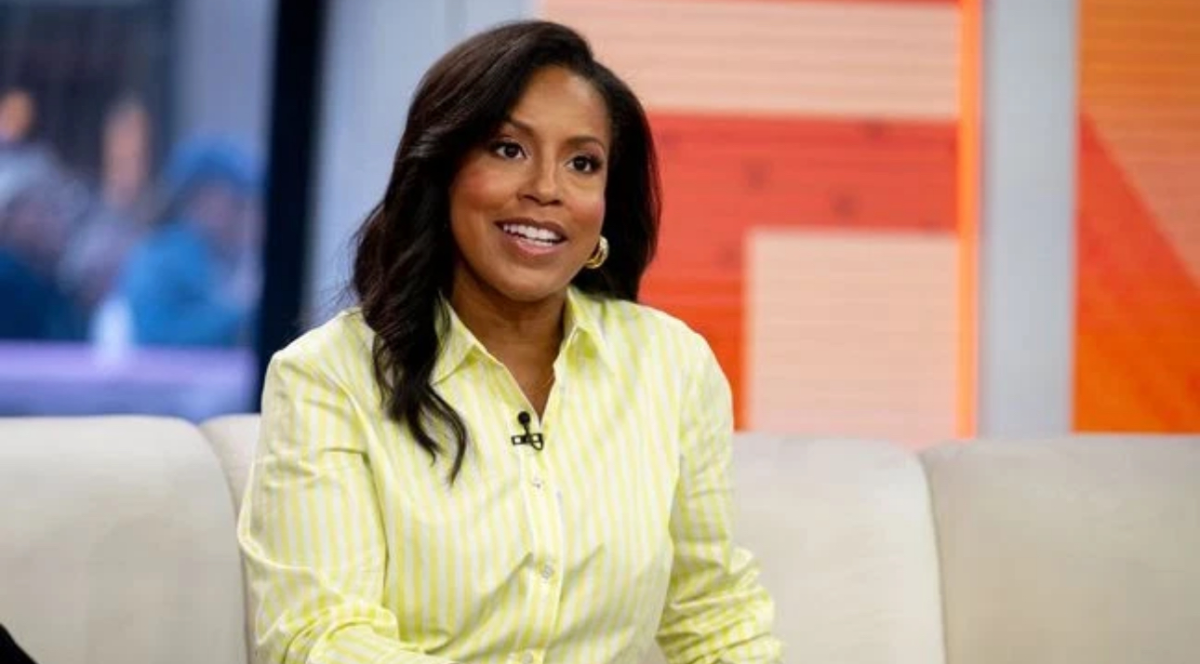Seen & Heard: The History of Black Television is a two-part documentary on HBO. Part One, “Seen,” premiered Tuesday, Sept. 9, 2025, at 9:00 p.m., followed by Part Two, “Heard,” on Wednesday, September 10, at the same time.
Executive producer and featured participant Issa Rae, along with her production company, Hoorae Media, is among those behind the project.
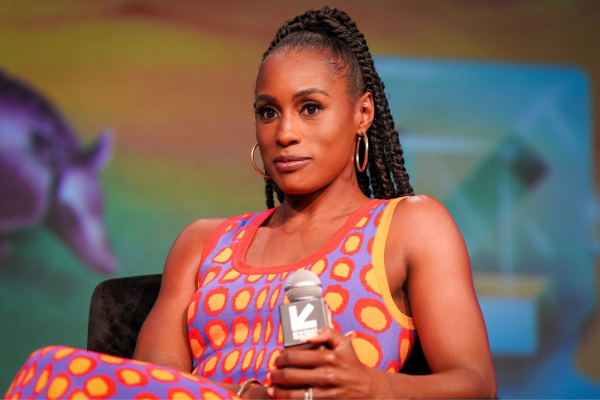
Rae shares personal insight and highlights the experiences of other influential Black figures in television.
When prompted, Jordan Shegog, a junior physics student, explained his thoughts and expectations on Rae and her upcoming work.
“I think that she brings a nuance to not only the acting field but the producing field, because there are not as many Black female producers and visions out in the world right now. I [want] to see a victory lap for black entertainment, I want to see black joy.”
Through interviews with stars like Shonda Rhimes and Tyler Perry, viewers will get a deep dive into the challenges Black creatives face in the television industry.
The documentary explores key themes such as centering Black voices, the importance of Black people telling their own stories, systemic barriers and stereotypes, the struggles for ownership and creative control over one’s content, and more.
Other featured pioneers include Oprah Winfrey, Tracee Ellis Ross, Norman Lear, Debbie Allen, and the late Malcom-Jamal Warner, whose experiences and contributions further showcase Black representation in television.
Part One, “Seen,” focuses on the early years of Black representation on television and how Black performers have evolved from simply being “seen” to gaining creative control over their own stories.
Eric Monte, the screenwriter for Cooley High, also created the sitcom What’s Happening!!, based on his real-life experiences.
Part Two, “Heard,” features conversations on the value of Black creatives owning their narratives and networks, the future of Black television, and how modern media is reshaping storytelling.
Tiffany Cyrus, a senior biology student, shared her thoughts on a story in Black television she believes deserves more attention.
“For me, it would be Kat Graham from The Vampire Diaries. I just feel like [her character] could’ve been more involved with the story, especially since in the books she’s more of a main character.” Cyrus explained. She added, “I believe the [head] writer just didn’t want Kat Graham to be a big part of the series just because she was Black playing Bonnie Bennett.”
Systemic issues continue to affect Black creatives behind the scene, and Kat Graham’s experience in The Vampire Diaries series is just one example.
For many decades, Hollywood has practiced harmful stereotypes like the “Mammy”, enforced typecasting, and upheld racial preferences in casting.
The Los Angeles Times discussed the 2024 Oscars, pointing out that when Black women are nominated and win, it is often for supporting roles to their white counterparts and rarely for leads,with the last Best Actress win for a Black woman being Halle Berry in 2002, over 23 years ago.
Behind the scenes, disparities in pay and funding still remain. Issues with hair and makeup also continue,actresses like Taraji P. Henson mentioned to The Hollywood Reporter that a stylist with little knowledge of Black hair damaged her tresses with a root booster, often forcing them to do their own styling.
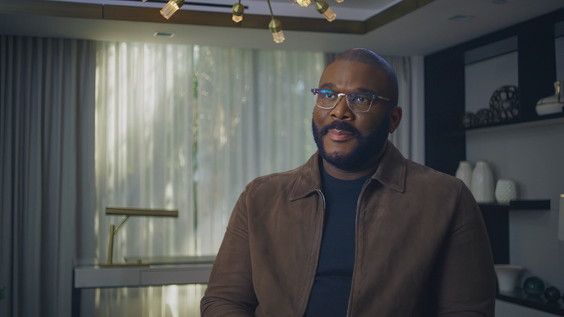
When asked about Issa Rae’s role in highlighting Black talent and producers in Hollywood, Trinite Drew, a junior education student said,
“I think this mini-series will be very good for the Black community especially since Issa Rae has a very strong voice. I really appreciate that and I hope this documentary [sheds] more light [on] Black producers like Spike Lee and Ryan Coogler.”
These ongoing issues show that Black professionals still face unfair treatment in an industry they’ve helped build. As actress Issa Rae said, “Black people have such a rich, but often unacknowledged history in Hollywood. We have defined American culture and influenced generations time and time again across the globe.”
Rae’s words are a reminder that while their contributions are often overlooked, Black creatives deserve to be seen and heard.

